Resilient Communities & Economies
Sea Grant is involved in every aspect of climate resilience planning and implementation, from start to finish.
Featured Community Resilience Impacts
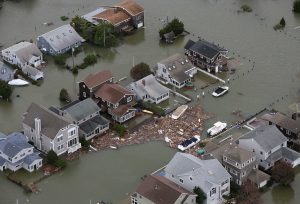

Texas Sea Grant Facilitates Coastal Resilience Index Showing Improved Resilience in Aransas County
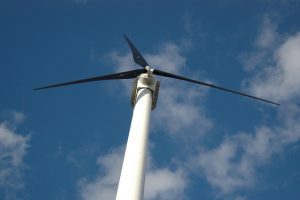

Rhode Island Sea Grant Lays Groundwork for Long Island Offshore Wind Farm Approved to Power 50,000 Homes
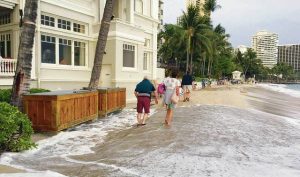

Hawai`i Sea Grant Helps Secure $1M Grant to Improve Resilience
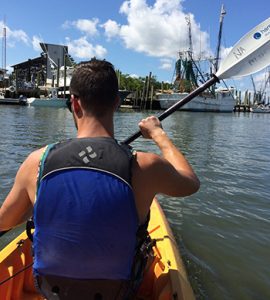

Delaware Sea Grant brings new kayak launch to Laurel, DE
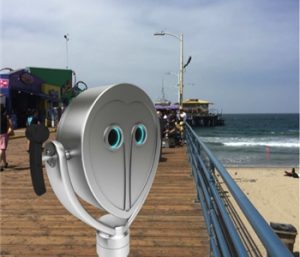

USC Sea Grant Innovation Helps the City of Santa Monica Gauge Public Concern about Sea Level Rise
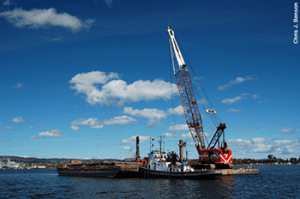

Minnesota Sea Grant Helps Sustain Commercial Operations in Major Great Lakes Port
Work in Resilience
Sea Grant’s work in Resilience has had major impact in its local communities. We are proud to help prepare the public by being Weather-Ready Ambassadors.
*Metrics reported in Summer 2022 for work conducted February 1, 2021 to January 31, 2022.
HAZARD RESILIENCE
Meet the Experts






Increasing Community Resilience
Sea Grant programs are helping coastal communities increase their resilience to impacts of changing conditions at every step of the way. View the storymap to learn more.
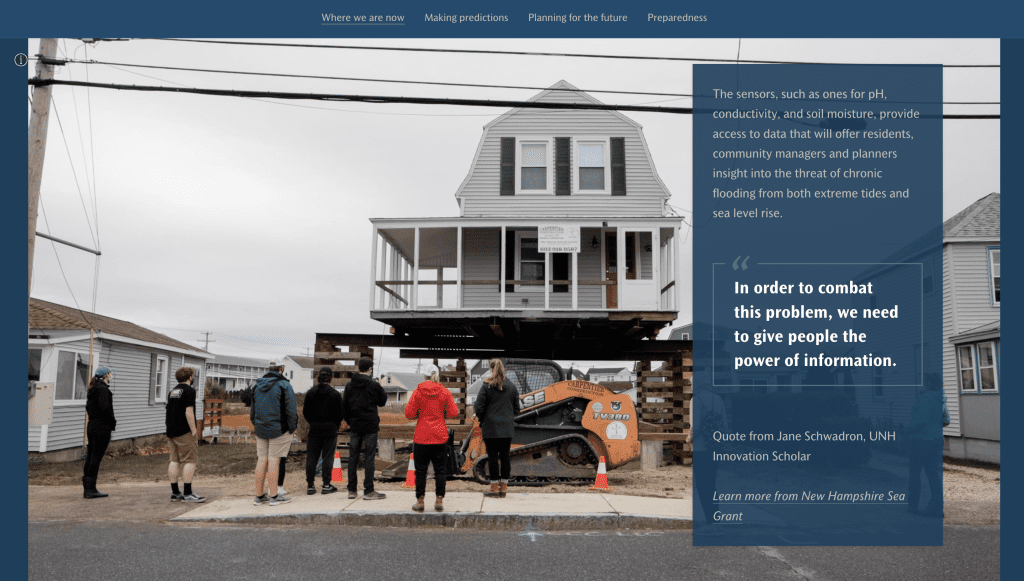

Related Topics
Sea Grant researchers and outreach specialists support cutting-edge research in the areas of coastal processes, hazards, energy sources, climate change, storm water management and tourism. Communities seek Sea Grant expertise to support and sustain diverse and vibrant coastal economies.
Community Resilience News
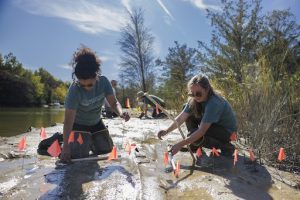

Sea Grant’s impacts ripple across U.S. communities
Sea Grant’s work addresses a range of coastal and marine challenges through four focus areas: healthy coastal ecosystems, sustainable fisheries and aquaculture, environmental literacy and
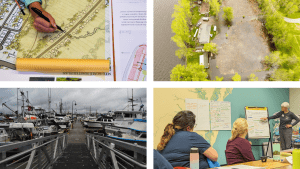

NOAA Sea Grant Advances Resilient Coastal Communities with $4 Million in Support
Sea Grant programs across the U.S. are scaling up capacity to support additional hands-on, collaborative engagement to advance the sustainability of coastal and Great Lakes


Sea Grant announces funding opportunities to support community-engaged marine debris removal and prevention
Sea Grant announces $19 million in federal funding opportunities to address the prevention and removal of marine debris. These opportunities are a component of nearly $3
Community Resilience Resources
Every four years, the National Sea Grant College Program taps into its vast network of scientists, engagement professionals, stakeholders, and federal partners to identify and address the needs of coastal communities around the country. A strategic plan is developed by representatives from the Sea Grant Network to produce high quality science and inform management of coastal resources in ways that balance human use with environmental health. The strategic planning process identifies core values and focus areas that drive efforts to address the priorities established by coastal communities.
Community Resilience (pdf, fall 2020)
Sustainable Development (pdf)
Coastal Tourism (pdf)
Water Resources (pdf)
Partnership with NOAA’s National Weather Service (pdf)
Climate Community of Practice in the Gulf of Mexico
Climate Community of Practice in the South Atlantic